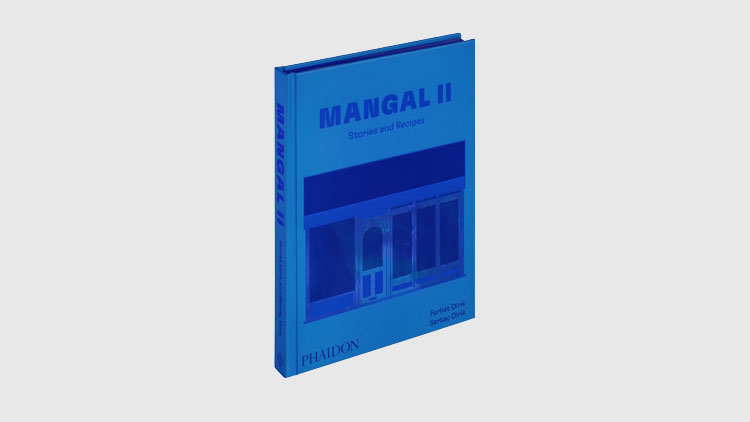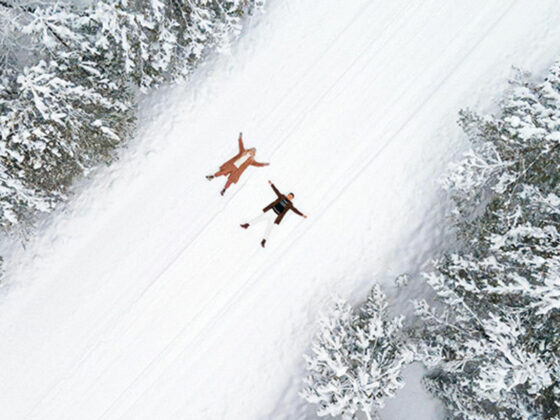
Often, when people first talk about Mangal II, the renowned Turkish restaurant in Dalston, the conversation inevitably leads to the question of what happened to the Mangal I. Mangal II is so called because it is the second ocakbaşı restaurant to be opened by Turkish chef Ali Dirik. Having moved from Turkey to London in 1987, Dirik opened the first Mangal Ocakbaşı in Dalston, championing the Turkish charcoal cooking method of cooking that was previously largely unseen in the country. In 1994 he opened Mangal Ocakbaşı II and later ended his involvement with the first Mangal Ocakbaşı.
The restaurant was later taken on by his sons Ferhat and Sertac, who between them developed a more gastronomically ambitious, ingredient-led approach to Turkish cuisine that took inspiration in part from Sertaç’s experience cooking his way around Copenhagen. The changes were well received, with Mangal II ranking as the 35th best restaurant in the UK by the National Restaurant Awards in 2022.
Then, late last year, Sertac announced his departure from the restaurant, but not before the brothers had penned Mangal II Stories and Recipes, their debut cookbook that explores the origins of their father’s restaurant and its evolution under their custodianship.
Despite the history of the restaurant, and its passing down through a generation, the brothers have been restrained in their story telling, with much of the book’s 220+ pages devoted to its myriad recipes – which are split between the ‘old school’ offerings of their father’s era, the restaurant’s post 2020 ‘transformation’ in response to the large number of similarly styled Turkish restaurants that had opened on their doorstep, and ‘inspiration’ – recipes influenced by family and heritage.
The restaurant’s history is brought to life with a interview between Ferhat and his father before a few pages each dedicated to the Ferhat and Sertac’s individual stories. Then, dotted throughout the recipes, the restaurant’s more modern history is charted, including awakening from lockdown, and the inception of the ‘new’ restaurant and customers’ varied reactions to the change in direction – a diatribe against raki by Ferhat and the failure of his Turkish customers’ to fathom why the restaurant doesn’t serve it is a particularly enlightening diversion.
As for the recipes themselves, the book covers all the bases. Classic Ocakbaşı dishes feature, from Albanian-style livers, aubergine yogurt, and adana-style lamb skewers to chicken shish and beyti (a more garlicky, spicy kofte), but it is perhaps the recipes from the restaurant post transformation and its ‘inspiration’ stage that are the more interesting, being as they are an authentic representation of the brothers’ own experience ‘rather than a bad rendition’ of their father’s, as they say.
Standout dishes from these sections include courgette fritters with sucuk mayonnaise; lamb heart pide; a leek, tulum and caraway borek; brown crab and rice sarma with shellfish emulsion; spiced quail; and a raki baba.
And what of Setrac’s departure? The book touches on this at its close, with Sertac asserting that he left the restaurant in a settled state ‘to figure out what my own cooking looks like’.
There may never be another Mangal II cookbook, but in the spirit of sequels this might not be the last we hear from the Diriks.
Mangal II Stories and Recipes
Ferhat and Sertac Dirik
Number of pages: 247
Standout dish: brown crab and rice sarma with shellfish emulsion
Publisher and price: Phaidon, £34.95









